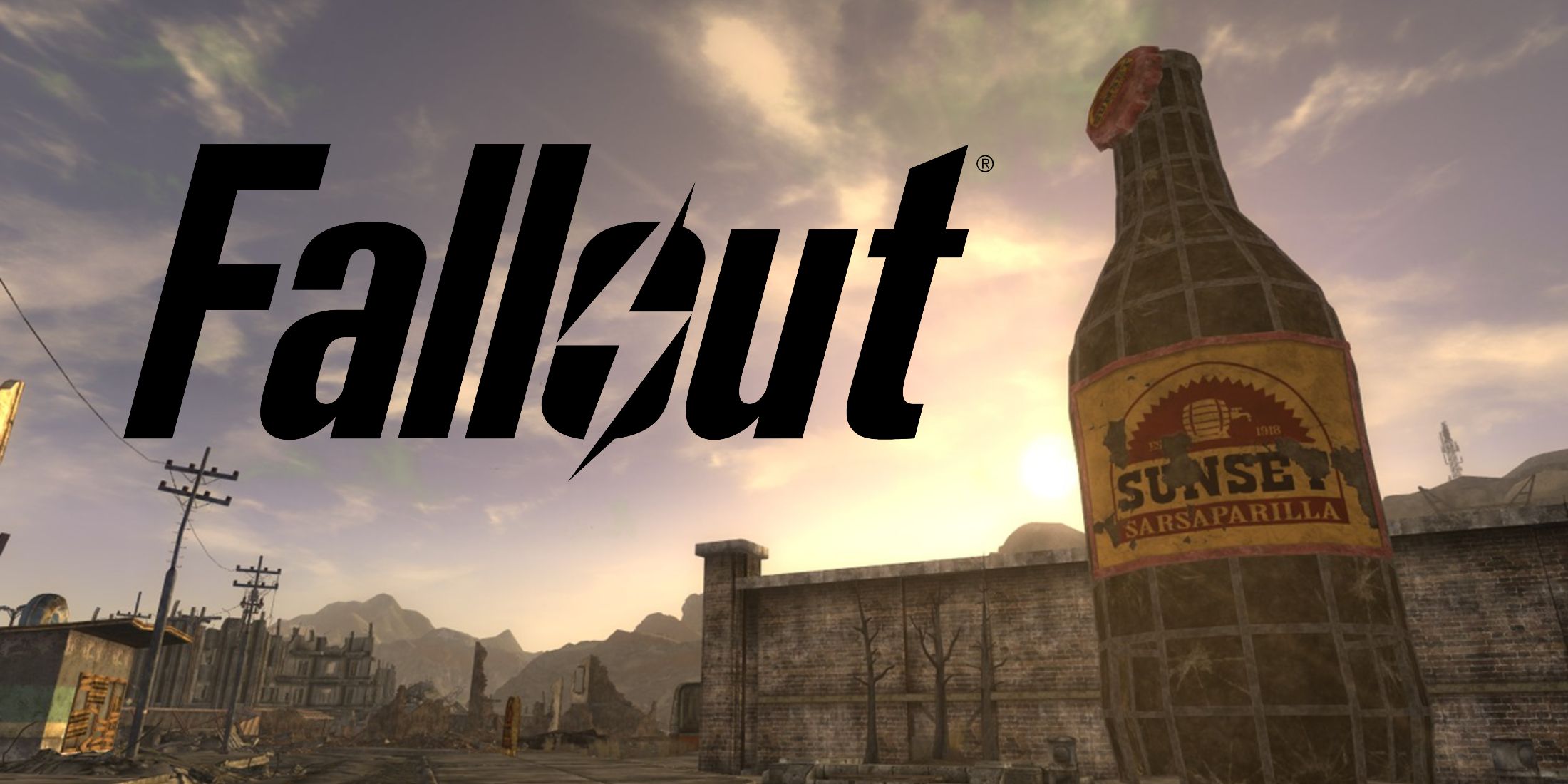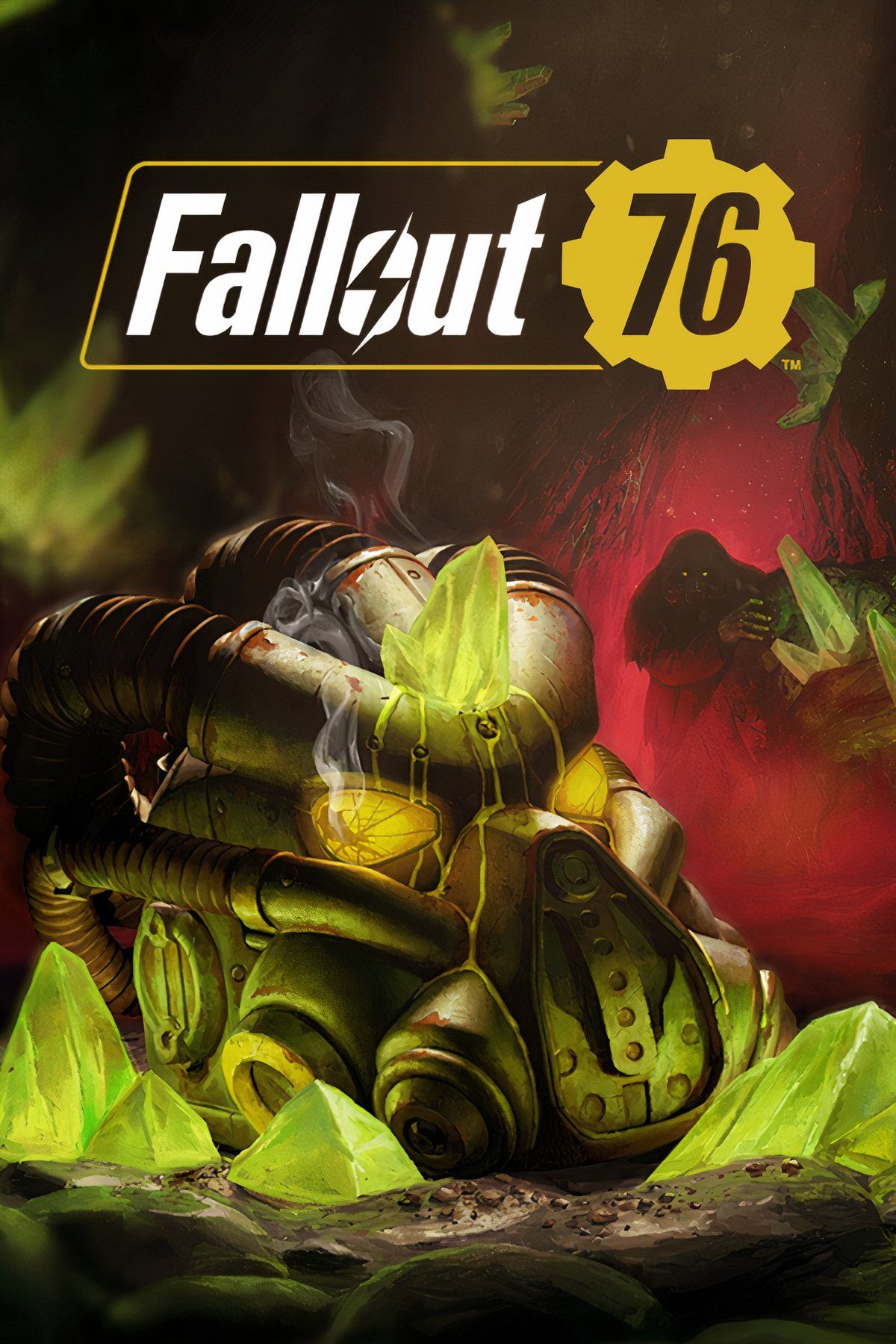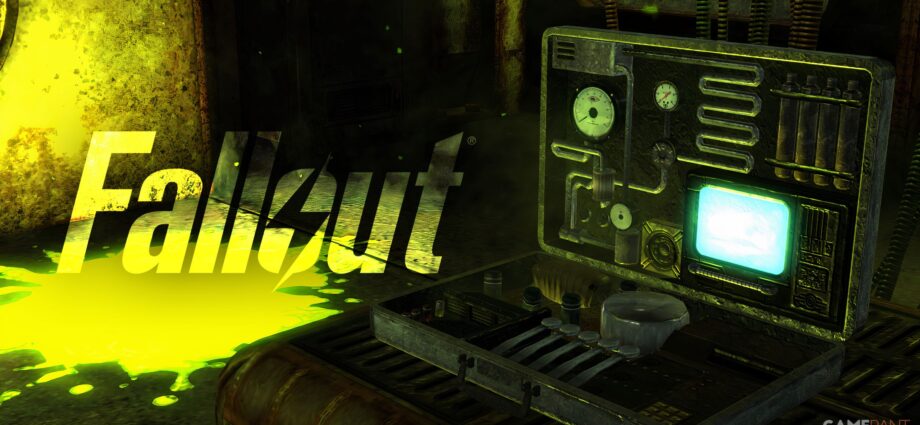Summary
- The GECK in Fallout is a symbol of hope but also a critique of misplaced faith in technology’s ability to rebuild society.
- The GECK’s origin ties into Vault-Tec’s deceptive practices, exposing the duality of Fallout’s post-apocalyptic world.
- Ultimately, the GECK is a question of whether humanity should restore the past or build something new from the ashes.
No matter how barren Fallout‘s Wasteland may be, there is certainly no shortage of deep and intriguing lore buried beneath its desolate surface. As the inhabitants of Fallout‘s Wasteland all do their best to survive, hope that they might one day be free from the unending lifelessness of that world is a rare and precious thing. For many survivors, the promise of rebuilding feels incredibly distant, if not downright impossible. However, persistent whispers of a device said to hold the key to a new beginning may be the road to that hope so many of the Wasteland’s inhabitants lack — that device is known as the GECK.
The Garden of Eden Creation Kit (GECK) first appeared in Fallout 2 as a myth, almost regarded as a sacred object that was believed to restore life to the Wasteland. For Vault 13, it was a symbol of hope and renewal, but its discovery revealed something quite a bit more grounded: a powerful, pre-War terraforming tool created by Vault-Tec. With seeds, construction blueprints, and ecosystem-restoring tech, the GECK was meant to rebuild society, making it one of the series’ most important thematic artifacts.

Related
Fallout 5 Could Use its Own Sunset Sarsaparilla
The presence of Sunset Sarsaparilla in Fallout: New Vegas gave the game a distinct charm, and Fallout 5 should replicate this with something similar.
Fallout’s GECK and the Garden of Eden That Was Never Meant to Be
How the GECK Became Fallout’s Ultimate Moral Mirror
Throughout the Fallout series, the GECK has served as more of a narrative device than a gameplay mechanic. More than anything else, it is portrayed as a symbol of humanity’s desire to undo the world’s catastrophic end, but it is simultaneously a subtle but striking critique of misplaced faith in technology. Each encounter with the GECK throughout the Fallout timeline has forced players and the characters they encounter to confront the idea that rebuilding a world isn’t just about having the right tools but about making the right choices.
The Garden of Eden Creation Kit (GECK) first appeared in Fallout 2 as a myth, almost regarded as a sacred object that was believed to restore life to the Wasteland.
In Fallout 3, the GECK’s reappearance after its introduction in Fallout 2 turns it from a mere myth to a valuable and necessary asset. In Fallout 3‘s story, the GECK powers Project Purity and becomes the centerpiece of the ideological conflict between the Enclave’s authoritarian vision and James’ egalitarian dream. The GECK here doesn’t just test the player’s morality but also society’s vision of what the restoration of the world should look like. In short, it forces characters and players to confront why they want to rebuild the world, what kind of world they want to create, and what they’re willing to do to get there, making the GECK Fallout‘s ultimate moral mirror
The GECK’s Role in Vault-Tec’s Lies and the Fight to Rebuild Civilization
Unfortunately, the GECK’s origin ties directly into the twisted legacy of Fallout‘s most notorious corporation: Vault-Tec. Originally marketed as a sort of messianic device for post-apocalyptic life, the GECK was part of a much larger deception on Vault-Tec’s part. Many Vaults were actually never meant to repopulate the Earth and were instead only experimental labs. Essentially, the GECK gave people a false sense of hope, while Vault-Tec conducted their social trials within the Vaults. In the end, the GECK’s very existence exposes the duality of Fallout‘s world.
In Fallout: New Vegas, the GECK is absent, showing that the Mojave doesn’t need a device to rebuild — only ideology, power, and human resolve. Caesar’s Legion, the NCR, and Mr. House all maintain views of different futures, none of which rely on lost technology. In many ways, House himself is Fallout: New Vegas‘ GECK, as he is trying to bring order where there is chaos. Then, Fallout 76 revealed that GECKs weren’t always consistent, with some Vaults having access to them and others not. The GECKs themselves were distinct in their design and function, showing that Vault-Tec’s promises were flexible and perhaps even deliberately misleading.
Originally marketed as a sort of messianic device for post-apocalyptic life, the GECK was part of a much larger deception on Vault-Tec’s part.
Really, all of this highlights a much deeper truth in the Fallout universe, that the GECK is never the answer, but people are. Ultimately, the GECK isn’t about bringing life back to the Wasteland but about maintaining a connection to a world that promised order through technology, yet only produced catastrophe. Every time the GECK shows up, it is essentially a question of whether humanity should restore the past or work toward building something brand-new from its ashes.

- Released
-
November 14, 2018
- ESRB
-
M for Mature: Blood and Gore, Drug Reference, Intense Violence, Strong Language, Use of Alcohol
